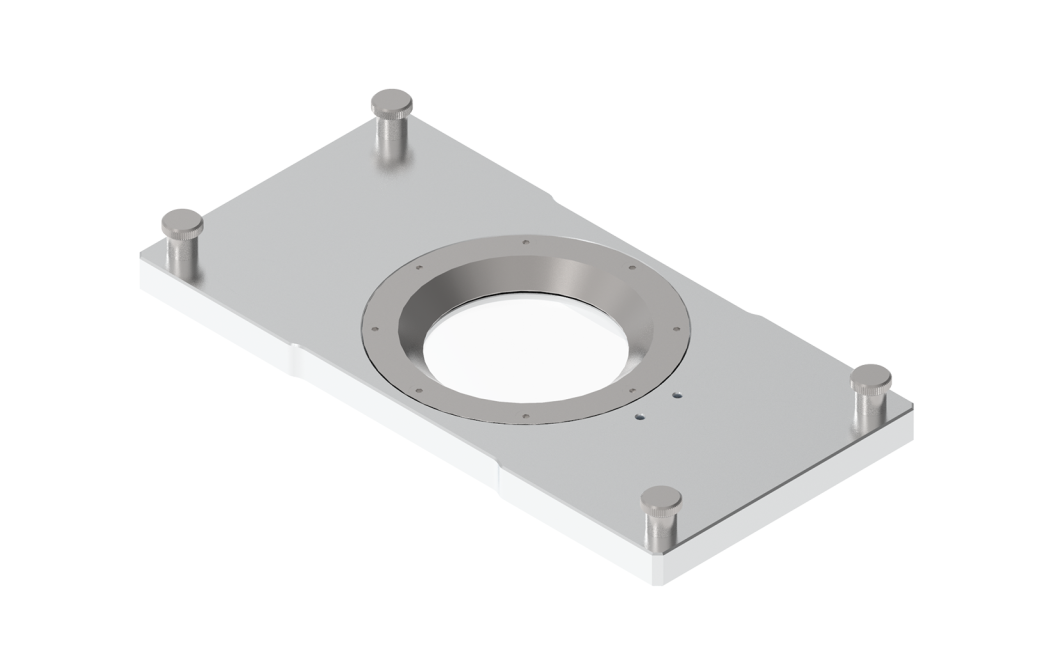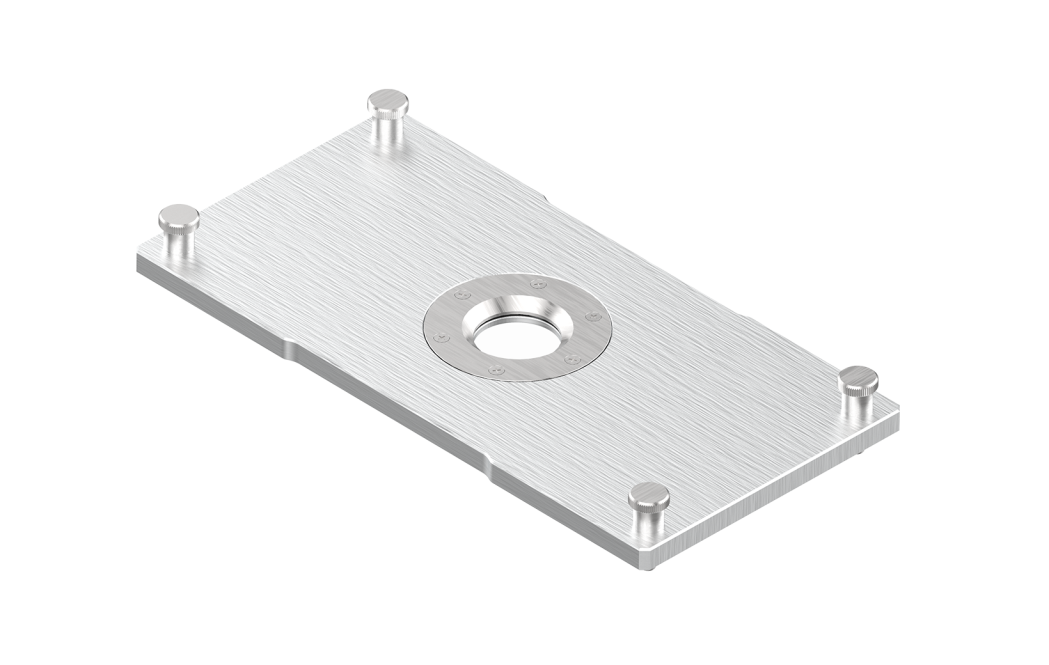Optical Cover Information
| Window Selection Guide | ||||||
|---|---|---|---|---|---|---|
| Clear Aperture (mm) |
18 | 43 | ||||
| Thickness1)(mm) | 1.0±0.1 | 0.50±0.05 | 1.0±0.1 | 2.0±0.1 | 1.00±0.05 | 2.0±0.1 |
| Material2) | Fused Silica |
Sapphire | Zinc Selenide | Fused Silica |
Sapphire | Zinc Selenide |
| Wavelength3)(nm) | 200 - 2200 | 330 - 5500 | 600 - 18000 | 200 - 2200 | 330 - 5500 | 600 - 18000 |
| TWD4) | λ/10 | 2λ(typical) | λ/10 | λ/10 | 2λ(typical) | @10.6 μm |
| Surface Quality5) |
20-10 | 80-50 | 60-20 | 20-10 | 80-50 | 60-20 |
| Structure | amorphous | Random Axis Orientation6) |
Isotropic (Cubic Zincblende) |
amorphous | Random Axis Orientation6) |
Isotropic (Cubic Zincblende) |
| WD (mm) | 7±0.2 | 6.5±0.15 | 7±0.2 | 8±0.2 | 7±0.15 | 8±0.2 |
* In addition to the standard options listed in the table, windows can be customized to meet customer
specifications, including size, coating, material, etc,.
1) Sapphire windows, owing to their higher modulus of rupture, allow thinner vacuum window applications compared
to fused silica or ZnSe. The listed thicknesses are the minimum recommended for vacuum use.
2) Micro probe system(MPS) includes a fused silica window as a standard feature at no additional cost.
3) Anti-reflection coating is available for UV, VIS, and NIR wavelengths.
4) For sapphire windows, this value(Transmitted Wavefront) represents the Surface Flatness(P-V).
5) Scratch-Dig numbers for surface quality conform to the US government standards MIL-PRF-13830B.
6) A wafer-grade sapphire window with a C-plane(0001) surface orientation can be selected as an option.

